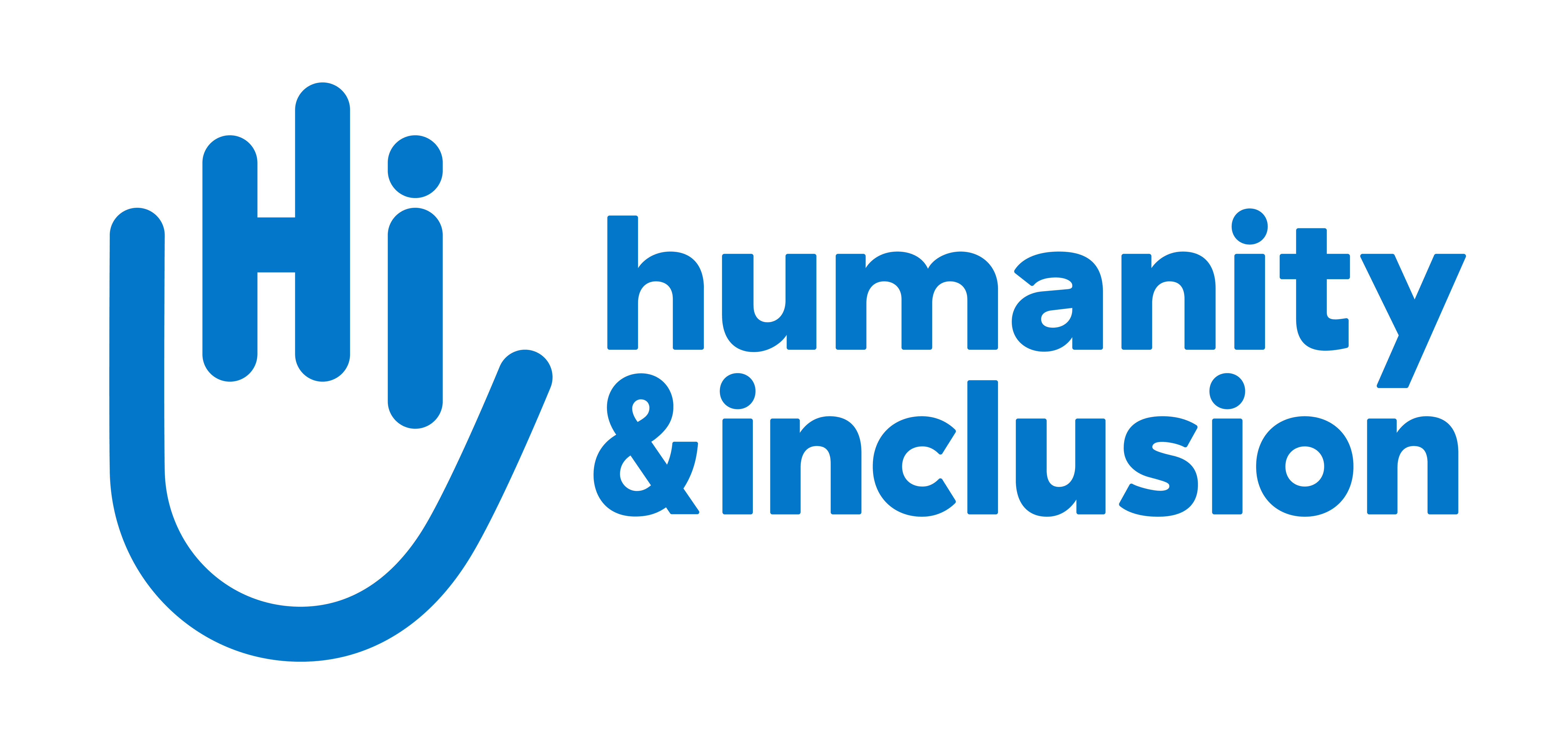“Rohingya refugees live in inhumane conditions”
More than 600,000 Rohingya have fled to Bangladesh since 25 August from neighbouring Myanmar. Handicap International (HI) is providing these refugees, who are utterly destitute, with emergency humanitarian assistance. Gilles Nouziès, manager of Handicap International’s Asia desk, has travelled to Bangladesh to organise these activities with our teams. Below, he describes the appalling humanitarian situation.

Rohingya refugees waiting by the roadside in the hope of receiving humanitarian aid | © V. Cardamone / Handicap International
 You spent more than a week in the field. What can you say about the humanitarian crisis facing the Rohingya?
You spent more than a week in the field. What can you say about the humanitarian crisis facing the Rohingya?
I visited Kutupalong camp, the main refugee camp. More than 400,000 people who have fled Myanmar live there. The number of people in this camp is hard to take in. The tents stretch as far as the eye can see, over nearly 2,500 hectares - that’s the same as a medium-sized French town like Rouen. What’s striking is that there are no public areas, nowhere to organise joint activities. The tents are lined up in rows that go on forever, separated by pathways one-metre wide and a few roads that are hard to use. The temporary shelters are made from plastic sheeting over a bamboo frame. Even the smallest storm would flatten them. Each shelter measures about twenty square metres. It’s big enough for two families on average - about a dozen people. That’s one and half square metres per person. People are crowded together. These are inhumane living conditions.
Is the situation the same everywhere?
More or less, yes. Unchiprang is a smaller camp with around 30,000 refugees a little further to the south in an area of muddy hills. All of the trees have been felled for heating and to build shelters. Not one tree has been left standing. The ground is bare, with a risk of mudslides. The worst is the waste water, particularly from latrines, which flows down from the top of the hill to the plain and into the crop fields, which are totally contaminated by the waste-water and mud.
Which problems need to be tackled immediately?
We need to improve access to drinking water and stop the flow of waste-water. Naturally, there’s already a shortage of drinking water in the region. It’s hard to dig wells. People are drinking shallow groundwater contaminated with fecal matter, which happens a lot in overcrowded conditions. There’s a real risk of an epidemic. A lot of children I’ve seen have skin problems - they’re covered in spots. It’s also hard for some people to access humanitarian aid. Someone with reduced mobility can’t use the narrow, muddy and sometimes steep pathways between the shelters, which get slippery when it rains. A woman alone with her children who doesn’t want to leave her children by themselves in a shelter, can’t benefit from food distributions, especially since most of them are on the outskirts of the camps. We need to implement a distribution mechanism that’s closer to the most vulnerable refugees.
Vulnerable people must be particularly at risk in a crisis like this...
Yes and that’s why it’s really important to identify vulnerable people - pregnant women, older people, disabled people, isolated children, and people with injuries or diseases, on so on - and their needs. Handicap International has recognised expertise in this field and we work in coordination with our seven mobile teams, who have been travelling around the camps for several weeks, and also provide basic medical assistance, rehabilitation and psychological care, and information on other services, to which we direct refugees. We also have seven reception centres located in the centre of the camps, which do the same sort of work. Last week, we also began helping the UN Refugee Agency in the transit points it has set up on the border to identify new arrivals and spot the most vulnerable people. This work is extremely important because a large number of refugees are vulnerable individuals.
What’s different about this crisis?
The scale. We’ve never had to deal with so many people in such a short period of time. And the numbers are growing all the time. We’ve been providing emergency aid for the last two months, population flows have not stabilised and every week the arrival of new refugees means that we’re constantly having to adapt.
|
According to a study conducted by HI for the UN Refugee Agency in early September on the humanitarian needs of 2,000 people already identified as vulnerable, all of them desperately need clothes, drinking water, food and shelter. More than 65% of them need emergency psychosocial care to deal with their traumatic experiences. More than 7% of people assessed are disabled and urgently need functional rehabilitation and mobility equipment - crutches, wheelchairs and so on. The vast majority of older people do not benefit from assistance of any kind. |
Your donation matched
As announced by Minister Bibeau, for every eligible donation made by individuals to registered Canadian charities between August 25 and November 28, 2017, the Government of Canada will contribute an equivalent amount to the Myanmar Crisis Relief Fund.





